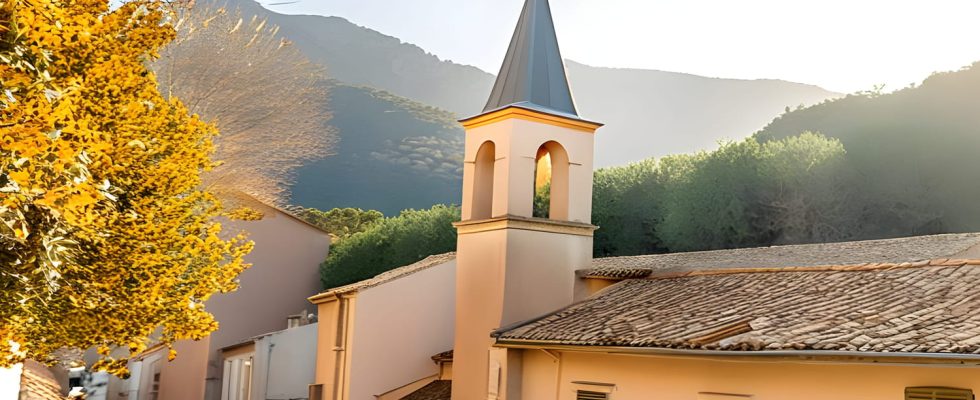More than half of the inhabitants of this town, located in the Saône-et-Loire countryside, are of foreign origin.
THE INSEE figures are formal, more than 5.3 million foreigners were settled in France in 2022. For several years, the number of people of foreign nationality on French territory has continued to gradually increase. But compared to the national population, the proportion of foreigners in France has increased only slightly for decades: they represent less than 7.8% of the population in 2022, according to INSEE data, compared to 6. 5% in 1975. The fact remains that the distribution of these foreigners is very uneven and their presence is significantly greater in certain cities than in others. To the point of being a majority in certain localities?
The populations of foreign people are mainly concentrated in large metropolises, particularly those in Île-de-France. For example, we find 39% foreigners in Aubervilliers or 36% in Clichy-sous-Bois. But there are also cases where the number of foreigners is even higher in proportion to the number of residents. There is even a French commune in which the number of foreign inhabitants exceeds that of French people. To find this unusual ratio, you have to go to Taizé, a small town of 200 inhabitants barely nestled in the heart of Saône-et-Loire. In this commune, 71.1% of the inhabitants are immigrants, that is to say foreigners born abroad, and among them only a handful now have French nationality.
According to the latest census dated 2020, of the 194 inhabitants of the commune, 138 are people of foreign origin, 24 of whom finally obtained French nationality. The presence of these people is also the cause of a small increase in the population, the town has never been so populated since 1870 and has gained a few dozen inhabitants over the last 20 years.
How can we explain that there are so many foreigners in a rural village lost in the middle of Burgundy? This particularity is due to the community of Taizé, a religious community founded in 1944, during the Second World War by the Swiss Roger Schütz, or Brother Roger. The Taizé community has grown over the years, going from around ten members to around a hundred between the years 2000 and 2010. Based in the Burgundian village and with a few branches on the five continents, it represents the majority of the population of Taizé alone and is essentially made up of foreigners.
These foreigners who have settled in France for a long period of time are mainly religious people won over by the values and way of life advocated by the Taizé community. Most of them come from all over Europe, but there are also important links with branches of the community in Senegal, Bangladesh, Brazil and Korea. Several thousand migrants of various origins and ages also come to Taizé throughout the year for a shorter period of time, from a few days to a few weeks. They are then housed on site and follow the rhythm of life in the community.
The Taizé community is at the origin of the European Meetings, which each year bring together young people in a European city for five days, around the New Year. This “Pilgrimage of Trust on the Earth” began in 1978 and brought together up to 100,000 people at its peak in the 1980s and mobilized around 15,000 people in 2019.
